Candidiasis Prevention
If you have taken the time to read any of our blog articles you will know that your skin contains different types of bacteria and fungi which live and grow on your skin. Without this natural flora your body wouldn't be able to carry out normal functions or protect your largest organ. Most aren't dangerous but when pathogenic bacteria and fungus colonize infections can quickly establish themselves. The Candida fungus is one of those potentially harmful organisms. When there is an overgrowth of Candida a condition known as Candidiasis of the skin, or cutaneous candidiasis occurs.
What is Candidiasis?
Candidiasis of the skin is caused by an overgrowth of the Candida fungus on the skin. It often causes a red, itchy rash to form, most commonly in the folds of the skin. This rash may also spread to other areas of the body.
Types of candida fungus skin infections include:
- athlete's foot
- oral thrush
- vaginal yeast infection
- nail fungus
- jock itch
- diaper rash
Symptoms can vary depending on body location, but include the following:
- rashes
- red or purple patches
- white, flaky substance over affected areas
- scaling, or shedding of the skin with flakes
- cracks in the skin
- soreness
- erythema, which results in areas of redness
- maceration, or the appearance of soft white skin
- pimples filled with pus
- red and white lesions in your mouth, as seen in oral thrush
Severe cases candida can manifest itself as eczema, psoriasis and chronic dandruff.
Candidiasis of the skin develops when the skin becomes infected with Candida. Candida fungi live on the skin naturally in small amounts. Infection occurs when Candida begins to multiply uncontrollably. This may occur because of:
- warm weather
- tight clothing
- poor hygiene
- infrequent underwear changes
- obesity
- the use of antibiotics that kill harmless bacteria that keep Candida under control
- the use of corticosteroids or other medications that affect the immune system
- a weakened immune system as a result of diabetes, pregnancy or another medical condition
- incomplete drying of damp or wet skin
Candida fungi thrive and grow in warm, moist areas. This is why the condition often affects areas where there are folds of skin.
Treatment and Prevention of Candidiasis
It is important to note that if you suspect Candidiasis of the skin you should go see your doctor or a dermatologist who can test the area for the presence of Candida. While the symptoms are often bothersome, they can usually be treated with improved hygiene, antifungal creams or powders or the regular use of probiotics.
Steps to take to prevent Candidiasis of the skin:
- Quickly change out of damp clothing, such as rash guards, Gis and sweaty workout clothes.
- Change your socks and underwear regularly.
- Wear loose-fitting clothing that help to wick away moisture from your skin..
- Use a quality soap on affected areas.
- Keep your armpits, groin area, and other areas that are prone to infection clean and dry.
- Always shower immediately after training and dry yourself thoroughly after activities where you sweat.
Contact Sports Soap represents the next generation of skin care in the fight against Candidiasis skin infections. Our scientifically backed approach leverage beneficial lactic acid producing microbes to keep Candida at bay and removes or reduces the need for many over the counter (OTC) medicated antimicrobial treatments. Regular use helps keep skin in optimal condition so you can spend more time on the mats and less time worrying about your skin.


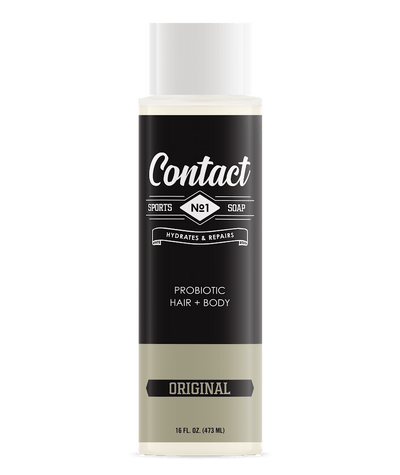
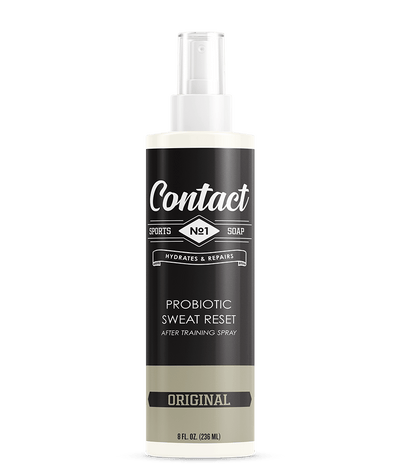
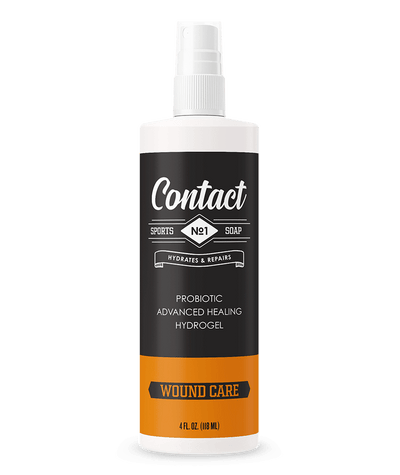
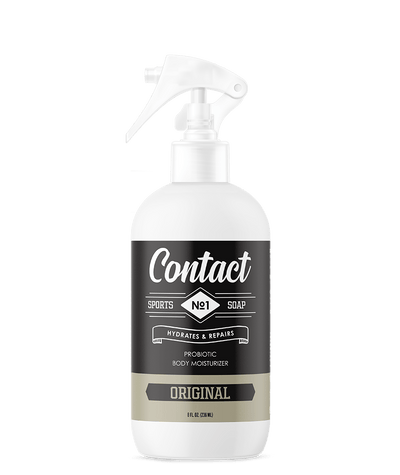
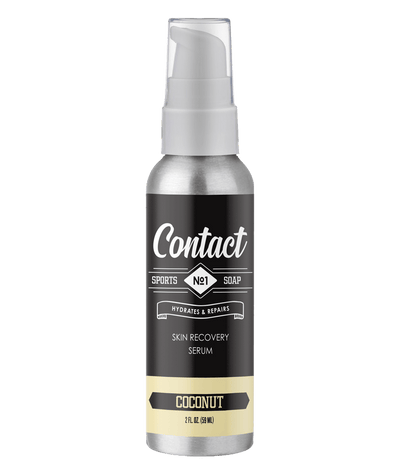

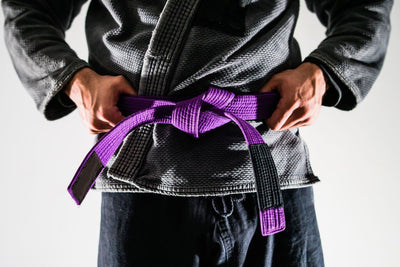
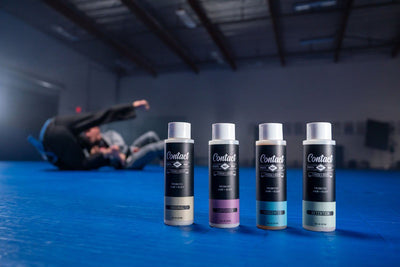
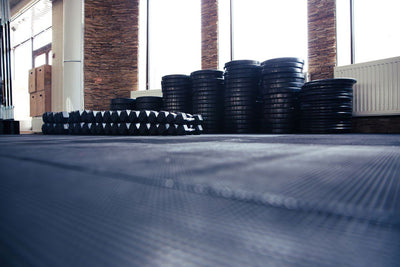
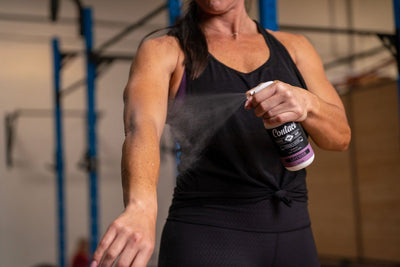
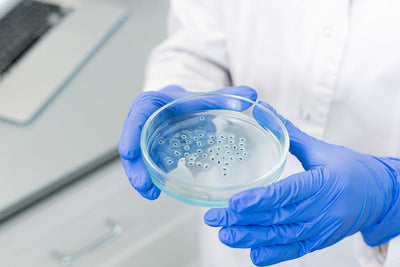
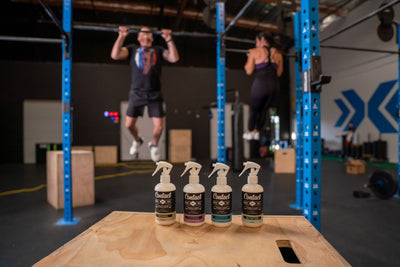
Leave a comment